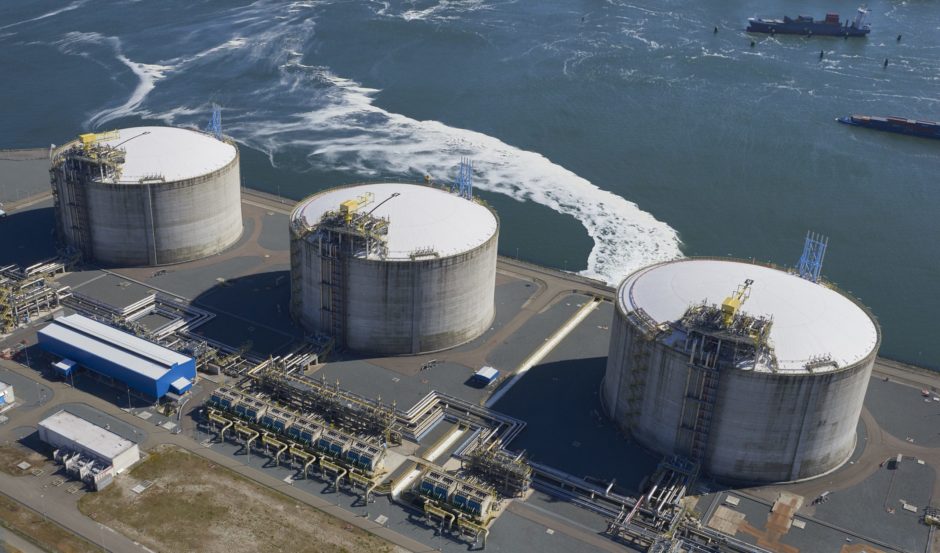
European natural gas demand will slump next year as high prices drive nations to enact energy-saving measures amid Russian supply curtailments, according to the International Energy Agency.
High gas prices will result in European consumption falling by 4% in 2023 after slumping by a record 10% this year, the IEA said in a quarterly gas report. Declines are most pronounced in the industrial sector, but are also evident in power generation, pushing global gas demand down by 0.8% this year.
“Russia’s invasion of Ukraine and sharp reductions in natural gas supplies to Europe are causing significant harm to consumers, businesses and entire economies – not just in Europe but also in emerging and developing economies,” Keisuke Sadamori, the IEA’s director of energy markets and security, said in the report.
The EU is taking measures to tackle the worst energy crisis in decades, escalated by severely reduced flows from Moscow, once the biggest gas supplier to the region. Europeans face a cold winter as surging natural gas prices have sent power bills soaring.
The EU has urged for a voluntary reduction in gas demand by 15% compared to its five-year average.
If demand is not curbed, the region’s storage sites will dip to a critically low level of 5% in February if Russian pipeline flows completely stop from Nov. 1, the IEA estimates. Such low inventories could create disruptions if there is a late winter cold snap.
“Gas saving measures will be crucial to minimize storage withdrawals and keep inventories at adequate levels until the end of the heating season,” the IEA said.
Global gas consumption is forecast to pick up by only 0.4% next year, “but the outlook is subject to a high level of uncertainty, particularly in terms of Russia’s future actions and the economic impacts of sustained high energy prices,” the IEA said.
Despite anemic demand, Europe’s search for alternative sources heightens global competition for liquefied natural gas. The IEA forecasts Europe’s LNG imports will increase by over 60 billion cubic meters this year, or more than double the amount of global LNG export capacity additions.
“The outlook for gas markets remain clouded, not least because of Russia’s reckless and unpredictable conduct,” said Sadamori. “But all the signs point to markets remaining very tight well into 2023.”
Recommended for you
